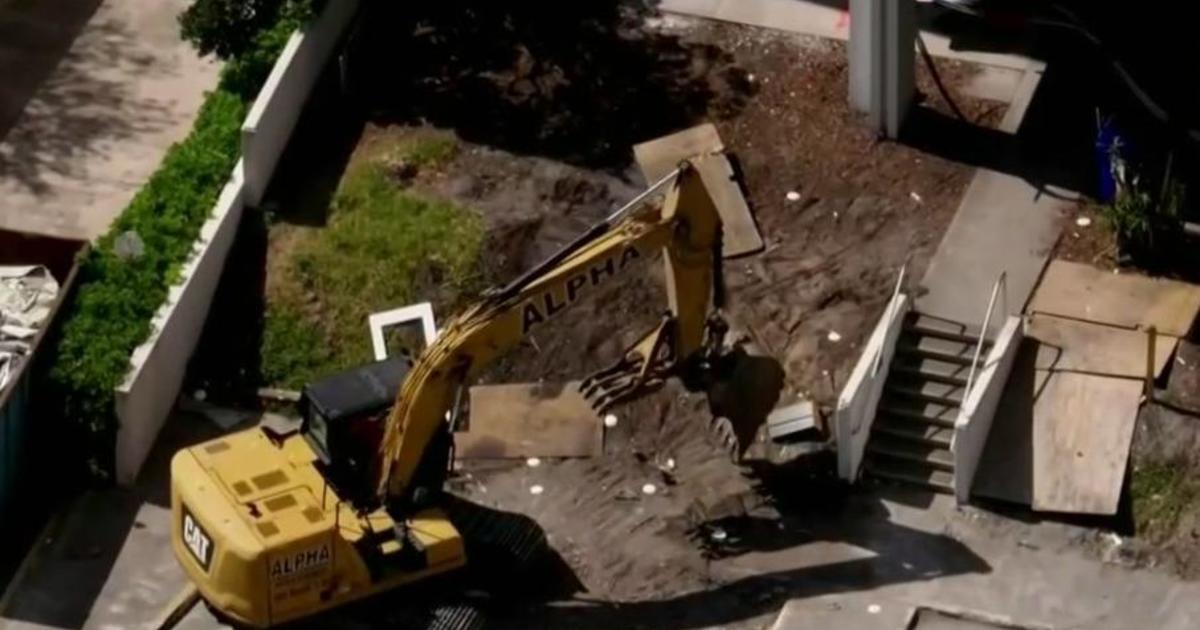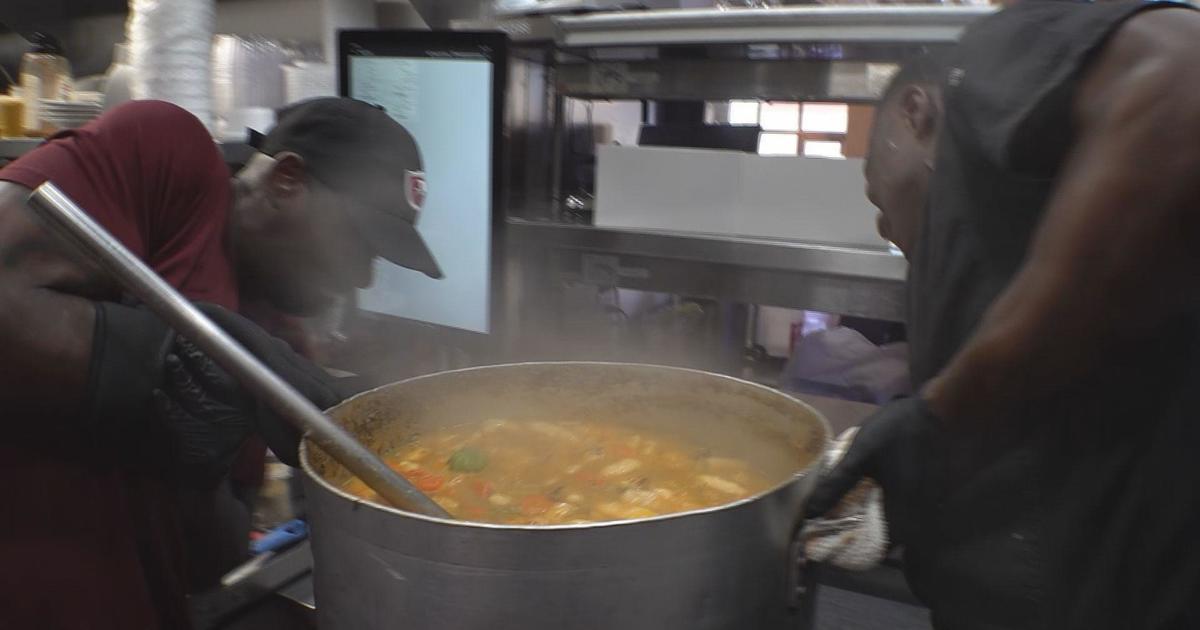Drive-thrus are creating problems for cities and towns
MIAMI - America is a land of drive-thrus.
An estimated 200,000 drive-thrus are spread across this country. Americans visit drive-thru lanes approximately 6 billion times a year. At leading chains like McDonald's, drive-thrus account for 70% of sales or more.
Drive-thrus promise hungry drivers ease, convenience, and a juicy burger. But long lines of cars waiting for orders spill out onto US roads in every state from chains like Chick-fil-A, McDonald's, Starbucks, and Dunkin. City officials, urban planners, and critics say the model is failing modern cities.
Magnets of traffic and congestion, drive-thrus discourage walking, public transit use, and visits to neighboring businesses. They also lead to accidents with pedestrians, cyclists, and other cars, and contradict the environmental and livability goals of many communities.
Drive-thrus don't "support any of the life and vitality and amenities that suggest people might want to come live, work or play in a neighborhood," said David Dixon, an urban places fellow at design and planning firm Stantec. "Drive-thrus belonged to a much more auto-centric world."
Land of the drive-thru
Drive-thrus first appeared in California in the 1950s, according to the Smithsonian. An early Jack in the Box was a hit with kids, who could order their meal through the head of a clown.
The eat-in-your-car model expanded on American roads during the following decades as highways were built, suburbs spread, and new fast-food chains like McDonald's and Wendy's popped up.
Drive-thrus became a lifeline for chains during the Covid-19 pandemic, as restaurants shut down indoor seating areas. Drive-thru sales hit $133 billion in 2022, an increase of 30% from 2019 pre-pandemic levels, according to Technomic, a restaurant industry consulting firm.
Taco Bell, Chipotle, and other chains opened stores during the pandemic that served drive-thru customers exclusively.
Companies switched to drive-thru models because they are more profitable: smaller than sit-down restaurants, requiring less staff and maintenance.
They make the most sense in car-centric areas, and there are many drive-thrus positioned far from pedestrian or bicycle traffic. But drive-thrus are often located in the "exact worse place for them to be" for road safety, said Eric Dumbaugh, a professor in the Department of Urban and Regional Planning at Florida Atlantic University who studies traffic safety.
They are often intentionally placed along higher-speed arterial roads - busy roads that carry cars from around a region at high speeds - to grab drivers' attention.
This means that if there's a pedestrian or biker in an intersection or sidewalk, drivers have less time to brake, increasing the chances of an accident. Drivers moving along arterial roads also typically focus on the road and the cars around them, and are less likely to be on the lookout for pedestrians.
Drive-thrus can also be hot spots for rear-end collisions and t-bone accidents from cars turning left out of driveways.
Companies "aren't paying any attention to the safety considerations of their design decisions," said Dumbaugh. And local governments pay lip service to pedestrian safety but still permit these uses in arterial roads, he said.
More lanes, more congestion
Companies say they are changing their drive-thrus by adding more car lanes and technology such as AI to speed up orders and reduce potential problems.
Starbucks said that it is conscious of the communities its stores are in and "introducing the right type of store for the needs of that community." Starbucks is testing different store models in different areas such as pickup-only stores, curbside pickup from cars and drive-thrus.
But chains trying to address congestion by adding more lanes just encourage more cars to come. Accidents are so common that personal injury lawyers around the country specifically advertise to people injured at drive-thrus.
Drive-thrus also do not support neighboring businesses, Dixon of Stantec said, as people typically just grab their food and drive off.
A better, safer fast-food model in these areas are restaurants and bars with sit-down options that contribute to walkable neighborhoods, he said, or on the first floor of multi-floor buildings.



